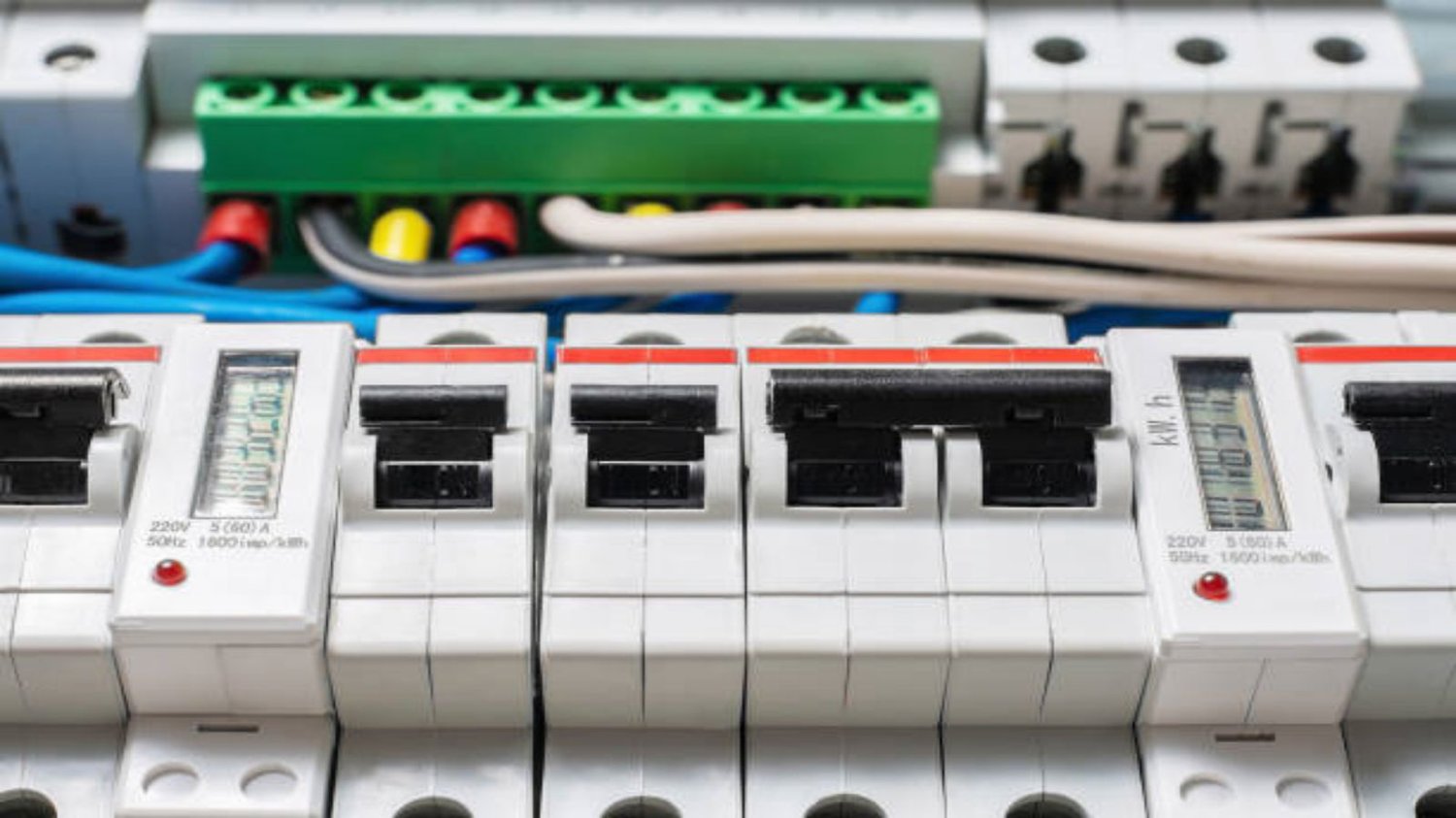Table of Contents

Understanding Voltage Regulators
A voltage regulator is an essential component in electrical circuits that maintains a constant voltage level. It ensures that electronic devices receive a steady and reliable power supply, protecting them from voltage fluctuations. However, there are instances when adjustments to the voltage regulator settings may be necessary. In this article, we will explore how to adjust a voltage regulator effectively.
1. Why Adjusting Voltage Regulator is Important
Before delving into the process of adjusting a voltage regulator, it is crucial to understand why it may need adjustment. Voltage regulators are typically set to certain default values, but variations in power sources or specific requirements may necessitate fine-tuning. Adjusting the voltage regulator ensures optimal performance and prevents damage to sensitive electronic components.
2. Safety First: Precautions to Take
Before attempting any adjustments, it is vital to prioritize safety. Always disconnect the power source and ensure that the circuit is fully powered down. This prevents the risk of electrocution and protects both the user and the electronic devices involved.
3. Identifying the Voltage Regulator
The next step is to identify the voltage regulator in the circuit. Voltage regulators can come in various forms, such as integrated circuits (ICs), discrete components, or even programmable devices. Consult the circuit diagram or datasheet to locate the voltage regulator accurately.
4. Adjusting Output Voltage
To adjust the output voltage, locate the adjustment pin on the voltage regulator. This pin is often labeled "ADJ" or "Vout." Using a small screwdriver or precision tool, turn the adjustment screw or potentiometer to increase or decrease the voltage as required. It is essential to make small adjustments and check the output voltage with a multimeter after each adjustment.
5. Checking the Output Voltage
After making the initial adjustment, it is crucial to check the output voltage to ensure it matches the desired value. Connect the multimeter probes to the output terminals of the voltage regulator and set the multimeter to the voltage measurement mode. Compare the measured voltage with the desired voltage, and repeat the adjustment process if needed.
6. Fine-Tuning the Voltage Regulator
If the output voltage is not within the desired range, further fine-tuning may be necessary. Some voltage regulators have additional trim pins or potentiometers that allow more precise adjustments. Consult the datasheet or manufacturer's instructions to determine the specific trim pins and their functions.
7. Monitoring Temperature
While adjusting the voltage regulator, it is essential to monitor the temperature of the regulator itself. Excessive heat can indicate a potential issue, such as a faulty component or an incorrect adjustment. If the regulator becomes excessively hot, discontinue adjustments and consult a professional for further assistance.
8. Load Regulation Considerations
When adjusting a voltage regulator, it is crucial to consider load regulation. Load regulation refers to the ability of the regulator to maintain a stable output voltage under varying load conditions. Keep in mind that adjusting the voltage regulator may affect its load regulation capabilities, and additional adjustments might be necessary to ensure stable performance.
9. Documenting Adjustments
Throughout the adjustment process, it is essential to document any changes made to the voltage regulator settings. This documentation serves as a reference for future troubleshooting or re-adjustments. Note down the initial and final output voltages, as well as any trim or additional adjustments made.
10. Reconnecting Power and Testing
After completing the adjustment process, reconnect the power source and test the circuit's performance. Monitor the output voltage and ensure it remains stable under different load conditions. If any issues arise, refer to the documentation and double-check the adjustment settings.
